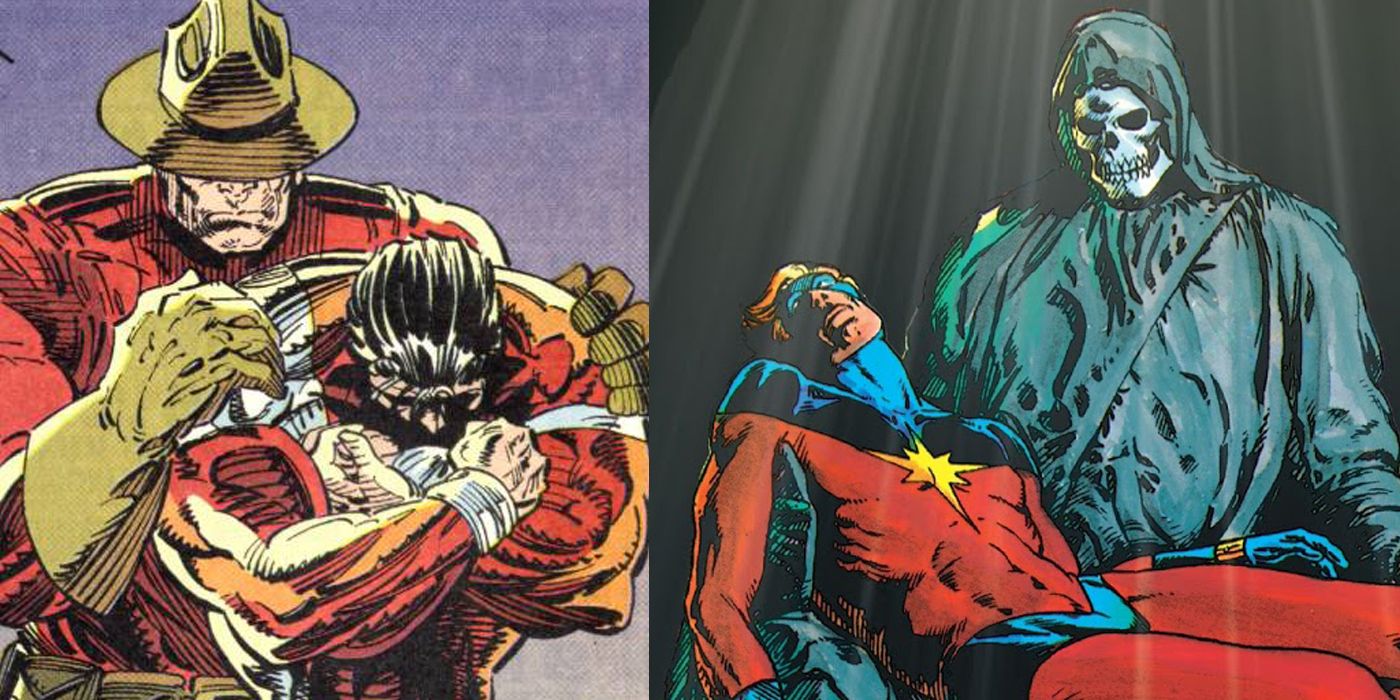
As the real world and Marvel universe intersect, with several public figures often making appearances in stories, it makes sense for real-world issues to make an appearance within these comics as well. Some of these stories were written in response to a major event while others were written to prove a point in the industry.
From the most influential cancer storyline to multiple stories about global tragedies, these stories have connected with audiences but some failed to represent these events in a meaningful way. This could be because of the time they were told or the lack of care towards the characters in the story.
Please note that this list will be discussing several sensitive topics.
10 Failed: Doctor Doom Shedding A Single Tear During 9/11
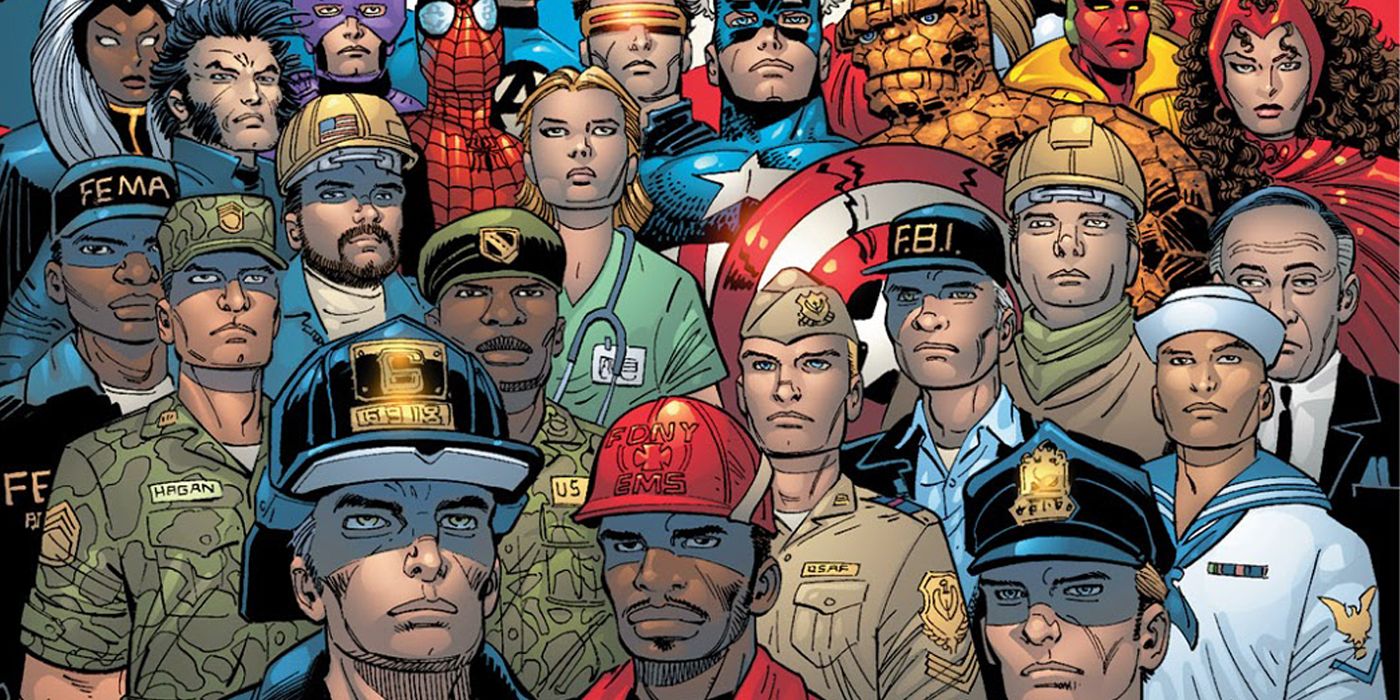
The events of September 11th took the American people by shock and the resulting stories told by everyone, from comics to television shows to movies, wanted to acknowledge the event with respect. While it was impactful, looking back on some of the stories, there are issues to find within them.
Issue #36 of Amazing Spider-Man by J. Michael Straczynski takes its time to highlight the real heroes as they mingle with the fictional Marvel heroes, but it also highlights others. Doctor Doom has committed acts of terror often, so his single-teared inclusion is meant to be a tug at the heart, but falls flat.
9 Grace: War Impacts Both Sides And Both Sides Have Stories

Rather than telling the story of superheroes and their problems, Marvel’s 411, a two-issue imprint, tells a collection of stories from various prolific writers in comics and humanitarians. Each story focuses on a different group of people and how they were affected by war.
One story looks at the loss of a child during war and the impact on the soldiers. Another looks at both sides of a war, seeing how similar they are up to the final moments of life for two unassuming people.
8 Failed: The AIDS Crisis Fuels Northstar’s Coming Out
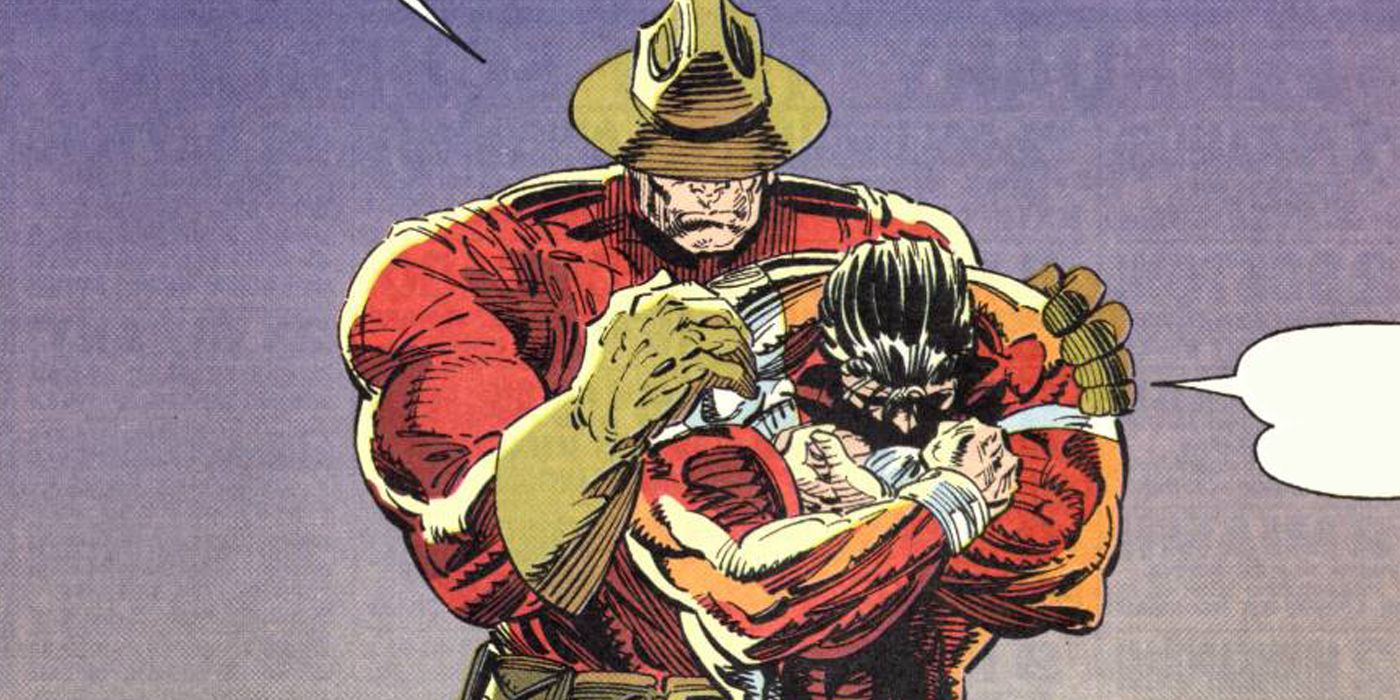
Scott Lobdell's issue 106 of Alpha Flight’s first run is one of the most notable as it addresses two major storylines. Firstly, Northstar reveals their sexuality. It also tried to address the AIDS crisis in one fell swoop via a baby born with the disease, which Northstar adopts.
Major Mapleleaf comes in as the antagonist attempting to kill the child because people were more supportive of her story than his son’s. It ends with the baby dying. The issue uses the AIDS crisis as a coming out story, which could have been handled better.
7 Grace: Civil War Was A Well Planned 9/11 Allegory
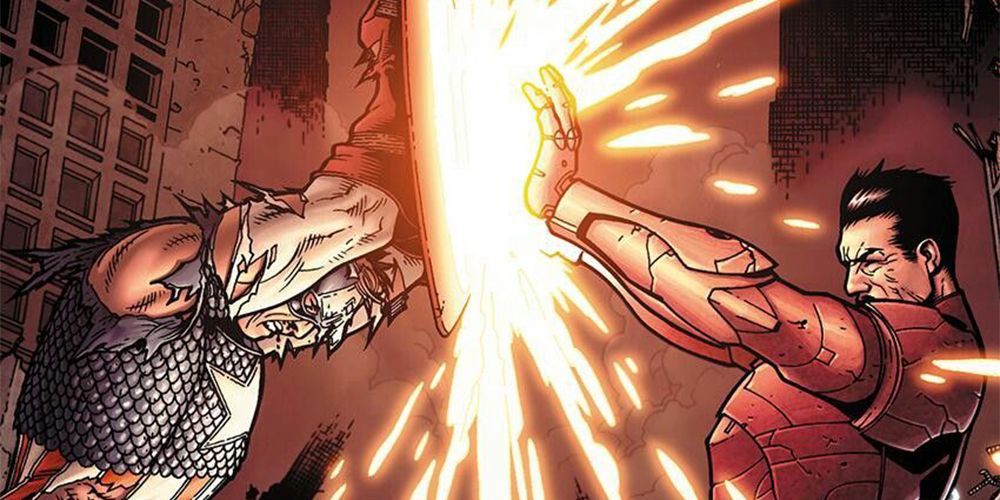
Instead of tackling 9/11 again, the Civil War event looks at the event through a new lens. Instead of an act of terrorism by another country, a major event is the destruction of Stamford, CT at the hands of superpowered beings, with the New Warriors taking the brunt of the blame.
After that event, superheroes and villains were mob-hunted, alluding to the fallout after the September 11ths attacks. Various task forces, including “cape killers” were also introduced similar to the actions taken by the American Government. As far as allegories go, Civil War is one of the most read.
6 Failed: Captain Marvel's Cancer Plot Felt Too Sensationalized
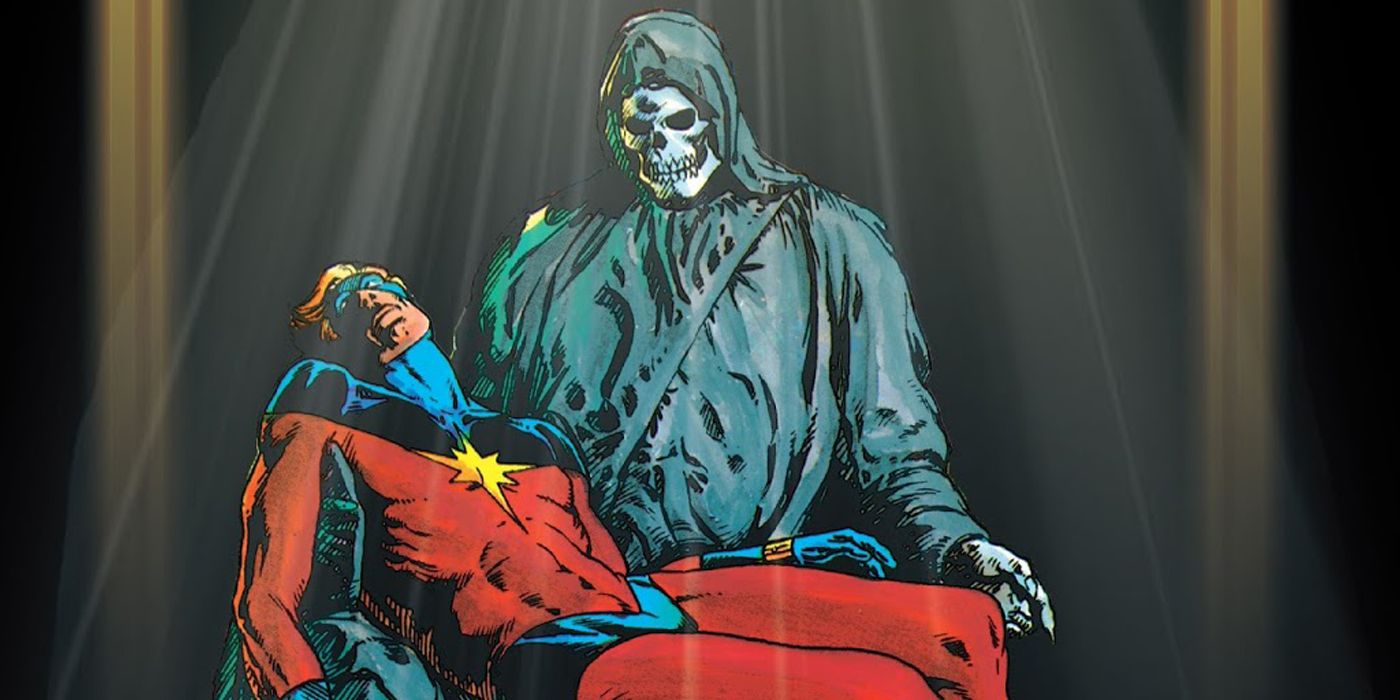
After a fight with Nitro, Mar-Vell absorbs a radioactive compound. Seven years later, he has an aggressive form of cancer and three months to live. The Death Of Captain Marvel, by Jim Starlin, follows him looking at his history and talking to his friends about his diagnosis, most believing he’d be okay.
It provides a serious look at what people with cancer go through, but the series is so focused on killing off a major character that it actively ignores the rest of the story.
5 Grace: Many Of The Issues Released During World War 2 Were Well Done
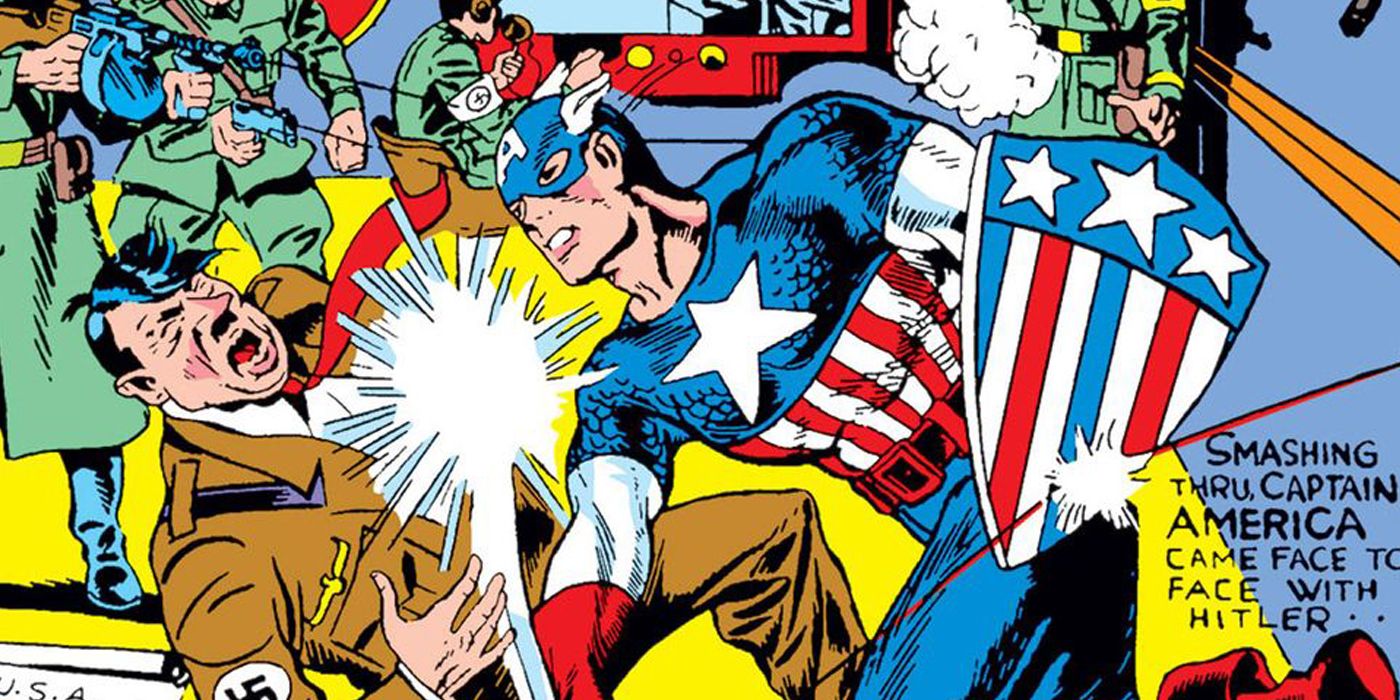
Captain America is known for many things, but one image that always comes to mind is him punching Adolf Hitler in the face. Many stories of Marvel’s history involve a plethora of heroes including Captain America, Magneto, Wolverine, the Invaders, and more taking part in World War 2.
As most of the comics around this time and shortly after were written around and influenced by the war, there was fervent aggression towards Nazis, both in name and as fictional groups like Hydra.
4 Failed: Spider-Man Takes A Child To Tell His Parents About His Assault
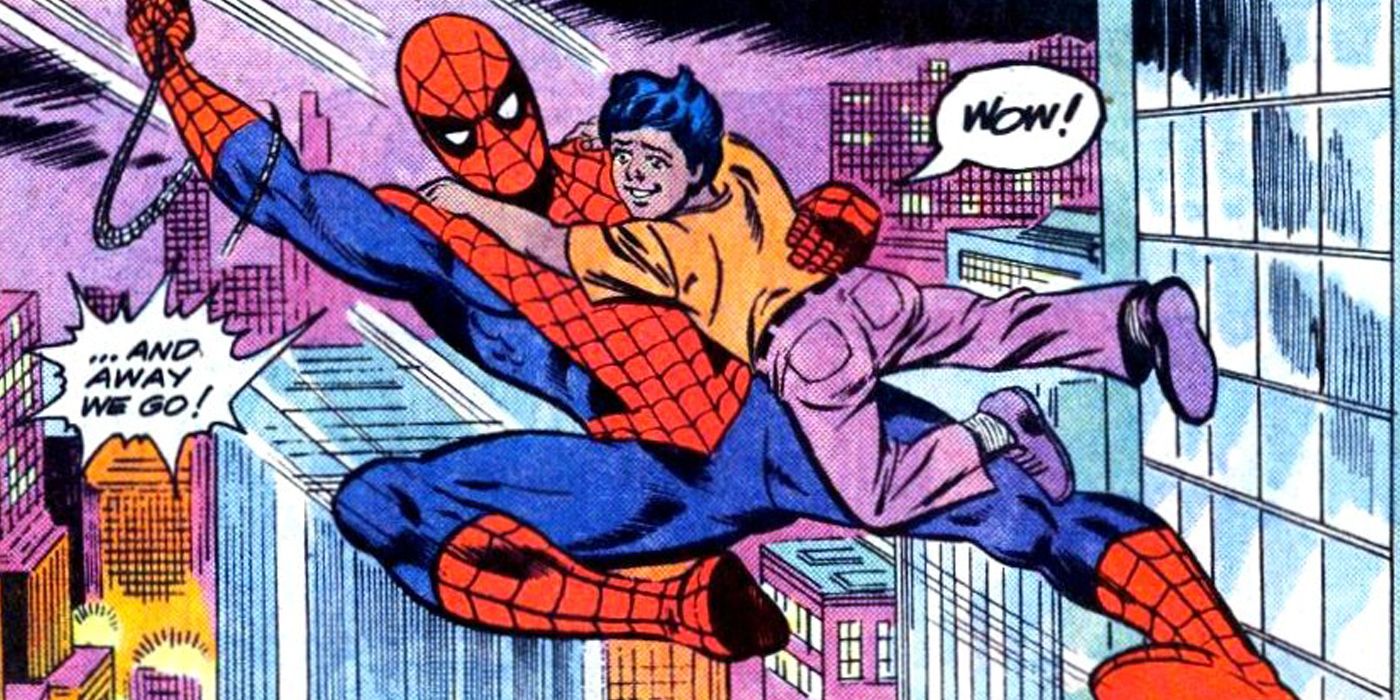
When Nancy Allen and Jim Salicrup's Spider-Man and Power Pack came out in 1984, it was controversial for its depiction of Spider-Man dealing with a child being assaulted by his babysitter. After talking to the boy, and telling him of a time that Peter Parker was assaulted by a boy from the library, the two find the child’s parents and tell them what happened.
The story has the hindrance of being from the past. It wasn’t a poorly written story and was sponsored by the National Committee For Prevention Of Child Abuse, but the way of talking about these issues, especially abuse, has changed.
3 Grace: Miles Morales Feels Guilt Over Not Stopping A School Shooter
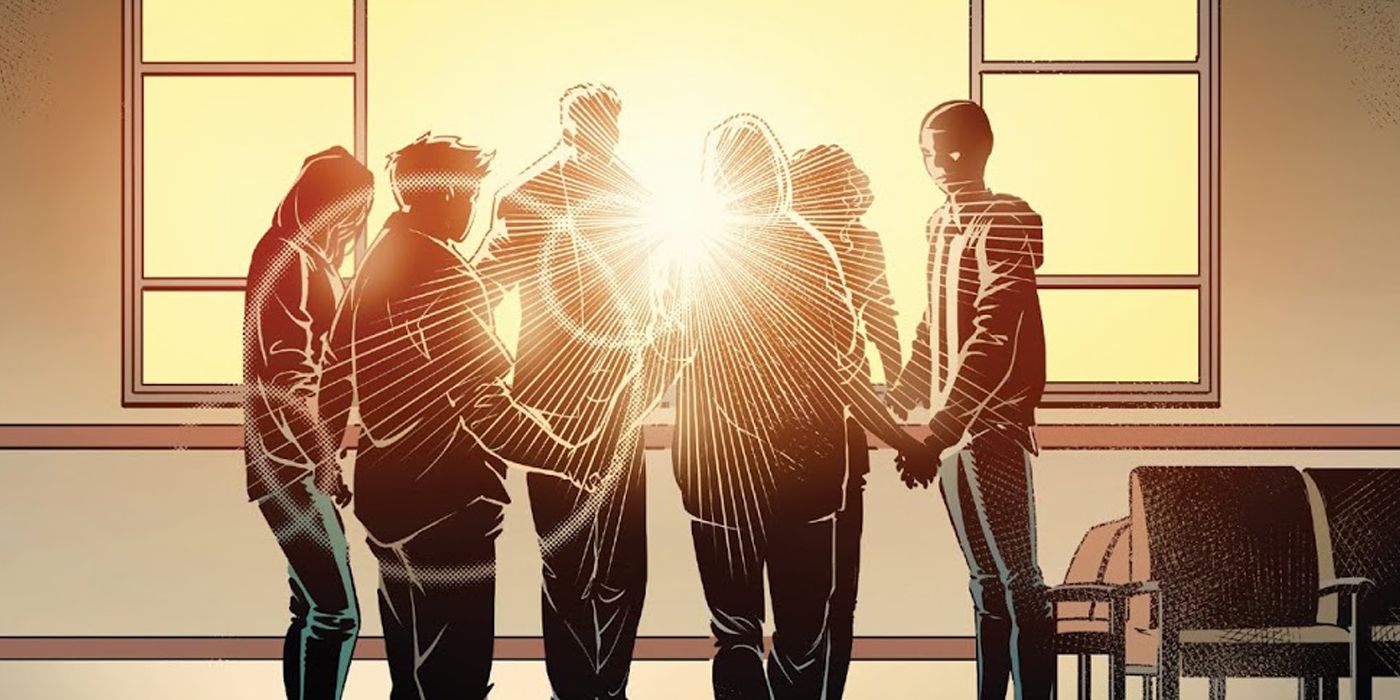
After numerous school shootings in America, it made sense for the teen-focused Champions to address the issue. After a school shooting at Miles Morales’ school, while he wasn’t there, he feels guilt eating away at him. At Kamala Khan’s school, “routine” school shooter drills went on, showing the effect on these teens, reflected by real teens daily.
The comic doesn’t focus on the shooting itself, rather the aftermath. Even in a world with heroes, tragedy can strike anywhere. Miles’s guilt is a common feeling of survivors and the issue is handled with grace.
2 Failed: The Allegory For The Neo-Nazi Resurgence Ruins Captain America
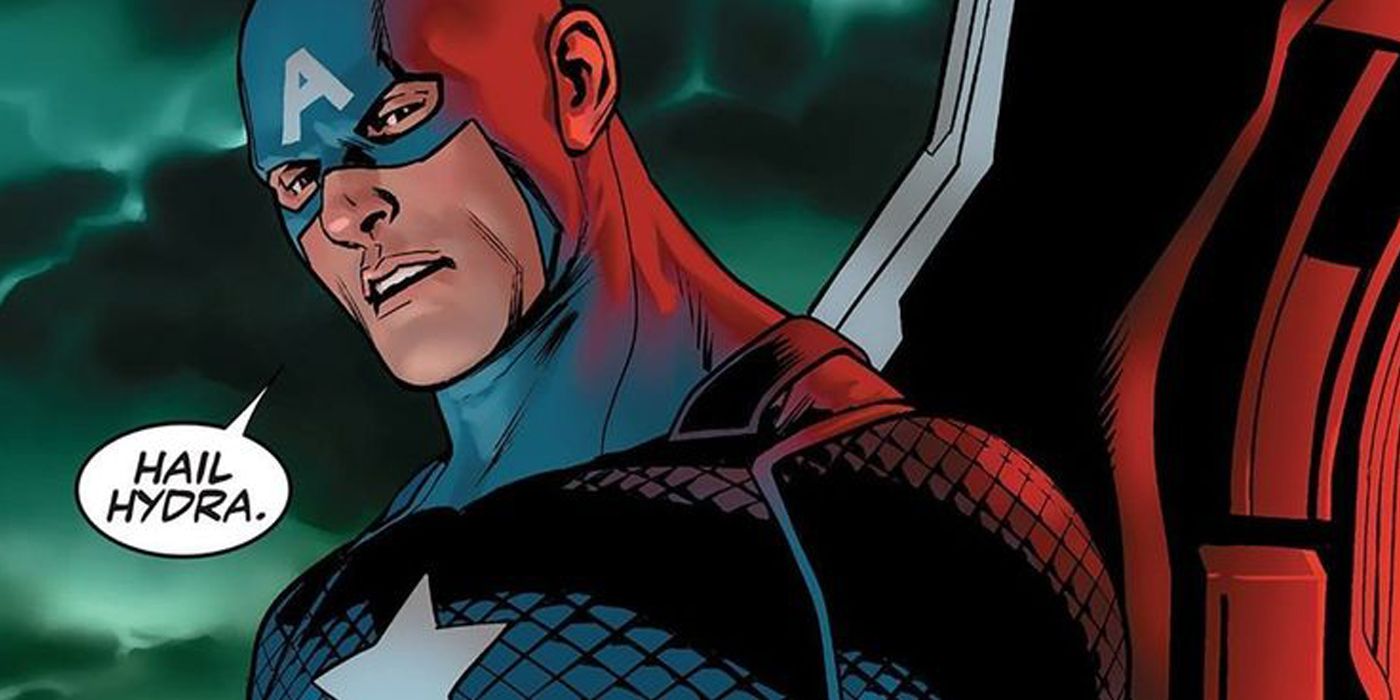
While it is a pretty solid consensus that Nazis are bad, the Secret Empire storyline decided to take the most well-known Nazi puncher, Captain America, and turn him into a Hydra agent. As this storyline was seen as an allegory of the Neo-Nazi resurgence, it spent years not sitting right in the eyes of fans.
Captain America has always been a beacon of liberty, and the decision to make him into a literal Nazi savior figure was misguided. It was eventually revealed that this version was an evil Cap, taken down by the good version, but many were still displeased.
1 Grace: The AIDS Crisis Is Examined Through Multiple Lenses
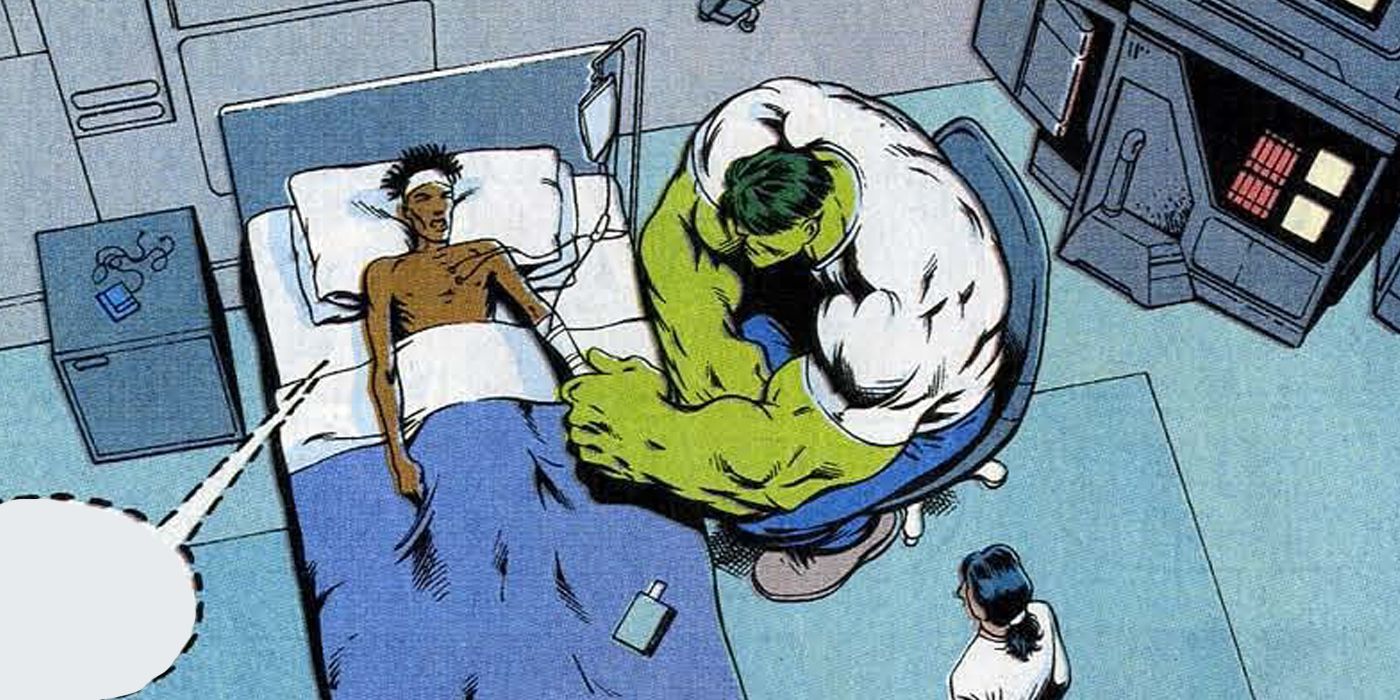
Unlike Alpha Flight, issue #420 of The Incredible Hulk, by Peter David, took on the AIDS crisis by pulling in real-life influences, notably a child being banned from school after it is revealed he has AIDS. At the protest, friend of the Hulk, Jim Wilson is attacked but saved by Hulk, though it is discovered he is dying.
A secondary story following Betty Banner at her job at an information hotline as she talks to a young man with AIDS as he recounts his life and his fear of being known as gay before stopping his car on train tracks. It’s an emotional, grounded look at the epidemic that wasn’t addressed often.
0 Comments